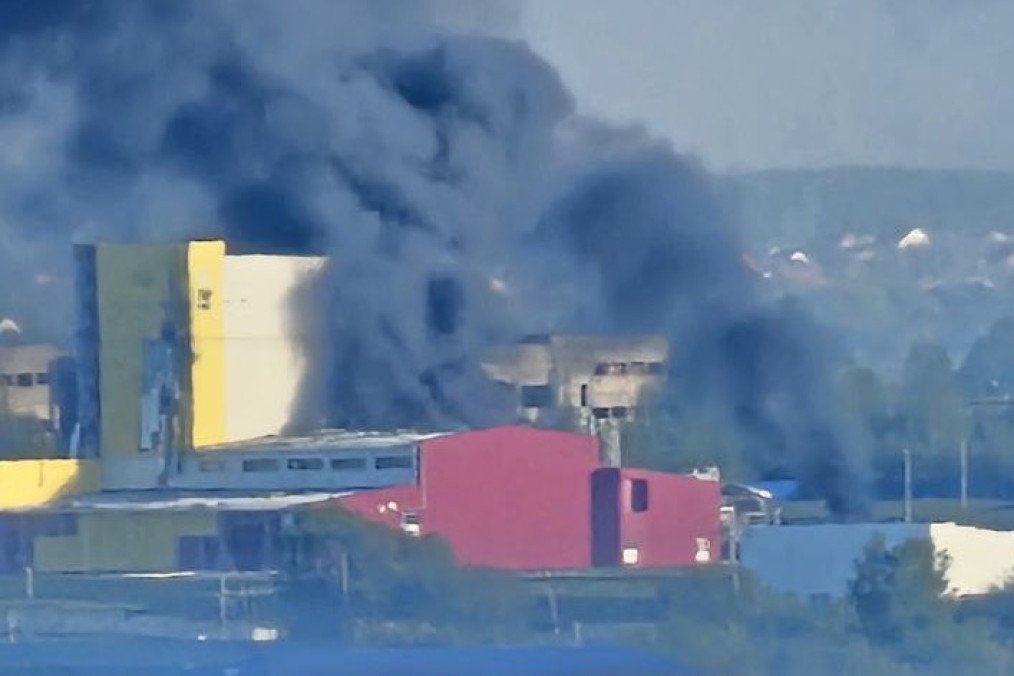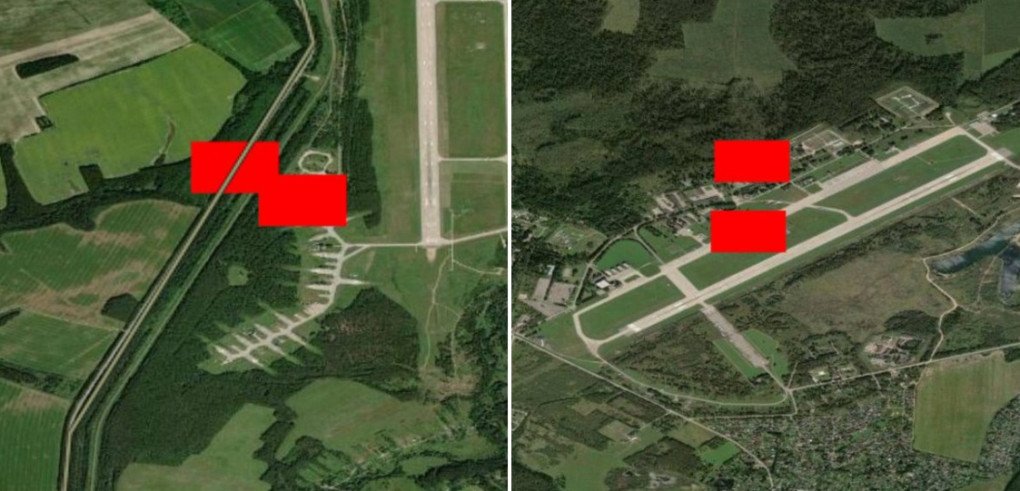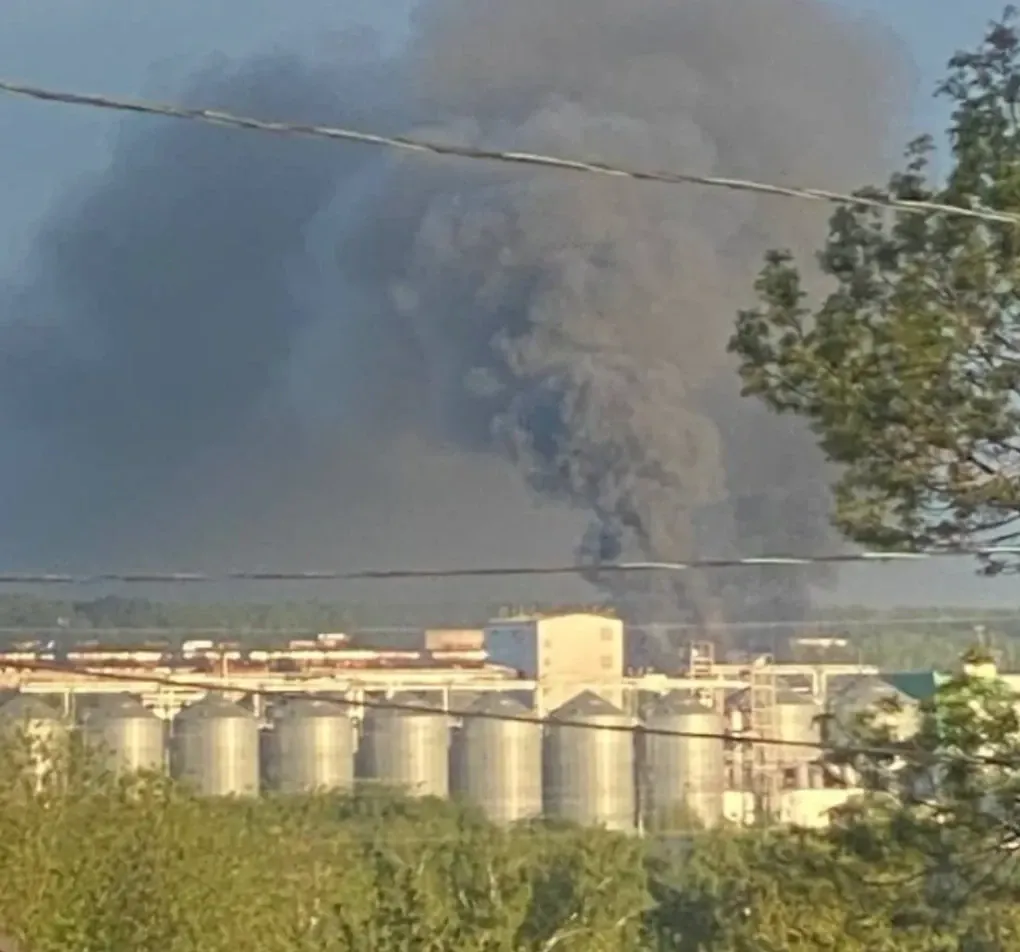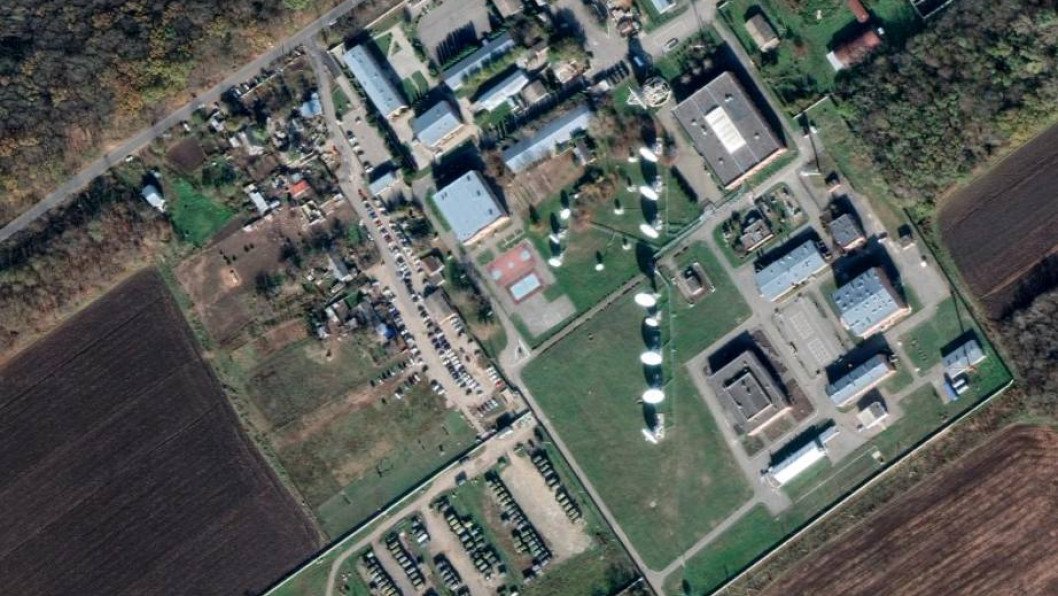- Category
- Latest news
Drones Strike Tu-22 Bombers, Kh-22 Missile Stockpiles, and Drone Cable Plant in Deep Strike on Russia

Russia came under a large-scale overnight drone attack targeting multiple high-value military targets deep in Russia, striking defense industry facilities and at least two airbases that house strategic aircraft and missiles, according to the Head of the Ukrainian Center for Countering Disinformation, Andrii Kovalenko on May 7.
“Two enemy airfields were hit—Shaikovka in the Kaluga region, where Tu-22M3 bombers and Kh-22 cruise missiles are stored, and Kubinka in the Moscow region, home to Su-27 and MiG-29 fighter jets,” Kovalenko said.
Additionally, Fires at the military airfields of Shaikovka in the Kaluga region and Kubinka in the Moscow region after a massive UAV attack on Russian regions were detected by NASA fire monitoring satellites.

Fuel and lubricant depots appear to be burning at two airbases, according to fire maps analyzed by the Ukrainian OSINT channel Oko Gora.
One of the heat signatures indicates a fire in the area of the parking lot of An-30 and Su-27 on the Kubinka airfield.
The simultaneous drone strikes also hit critical Russian defense plants, including those involved in missile systems, fiber-optic communications, and frontline munitions, intensifying Ukraine’s campaign to cripple the Kremlin’s war machine far from the front lines.
In Saransk, the capital of Russia’s Republic of Mordovia, drones struck the Optovolokonnyye Sistemy (“Fiber Optic Systems”) plant, Russia’s only known producer of fiber-optic cables used in military communications and FPV drones.
The company reportedly manufactures up to 12,000 kilometers of cable daily across six production lines, using Western equipment from Austrian firm Nextrom and Chinese company Vacree.
Fires broke out in the main building and surrounding structures. Following the strike, schools and universities in the area were shut down, and local authorities banned the sharing of any footage or photos related to the incident.

The same facility was previously attacked on April 5, when residents reported up to ten explosions, some of which directly hit production buildings located over 650 kilometers from the Ukrainian border.
Later Kovalenko added that the fiber-optic systems plant in Saransk was severely damaged after the strike. Fiber optics is one of the enemy’s advantages at the front due to fiber optic drones. This plant fully supplies the Russian army with fiber optics.
The plant may face a possible shutdown.
In Tula, south of Moscow, drones hit multiple defense industry facilities:
The Instrument Design Bureau (KBP), which is a major developer of modern Russian weapons systems, including anti-tank guided missiles, small arms, and combat modules.
The Splav Scientific Production Association, the leading manufacturer of multiple-launch rocket systems (MLRS) such as the Grad, Uragan, and Smerch. Splav operates under the Rostec state corporation and plays a central role in supplying artillery systems for Russia’s war effort.
“These are not just symbolic targets—these are the heart of Russia’s defense production lines,” Kovalenko said, highlighting the strategic significance of the strikes.

While Russian authorities have not officially acknowledged the full scope of the damage, Russian outlet ASTRA confirmed fires at the Saransk facility and cited eyewitnesses who reported additional blazes several kilometers away.
Earlier, a series of explosions rocked Russian-occupied Crimea, with blasts reported near the Simferopol airport, as well as in Sevastopol, Hvardiiske, and Yevpatoria.
Russian Telegram channels described the incident as a “massive combined attack,” noting that such intensity had not been seen in a long time. The air raid alert in Sevastopol was triggered around 12:40 a.m., following reports of incoming attack drones.





-72b63a4e0c8c475ad81fe3eed3f63729.jpeg)

